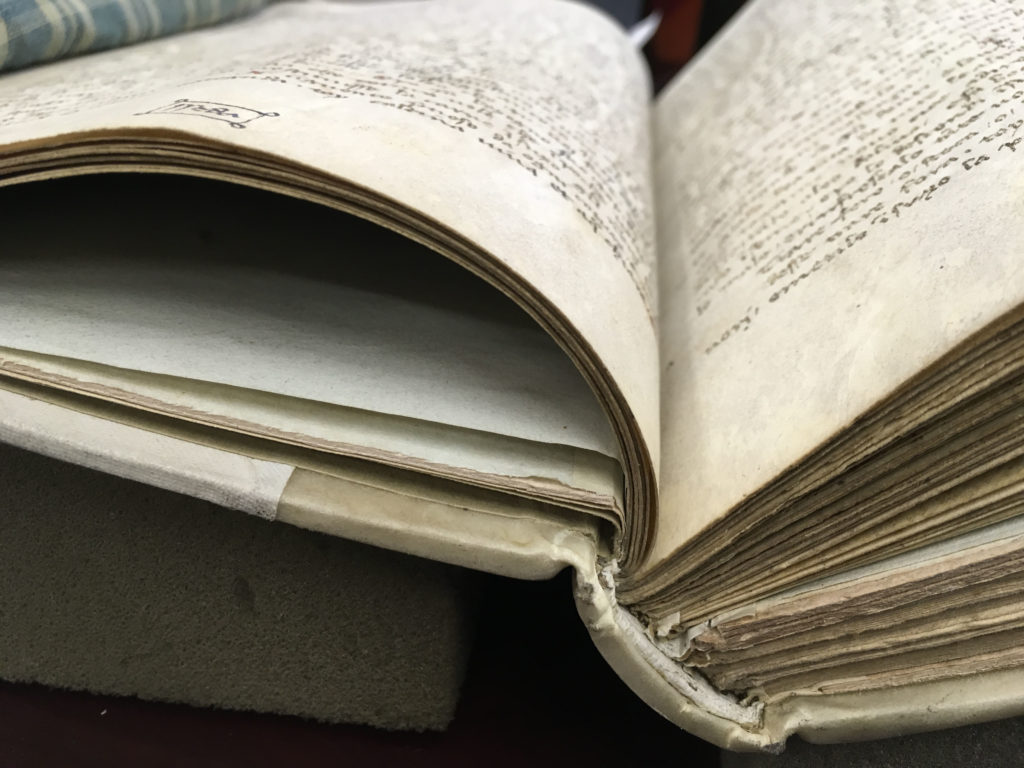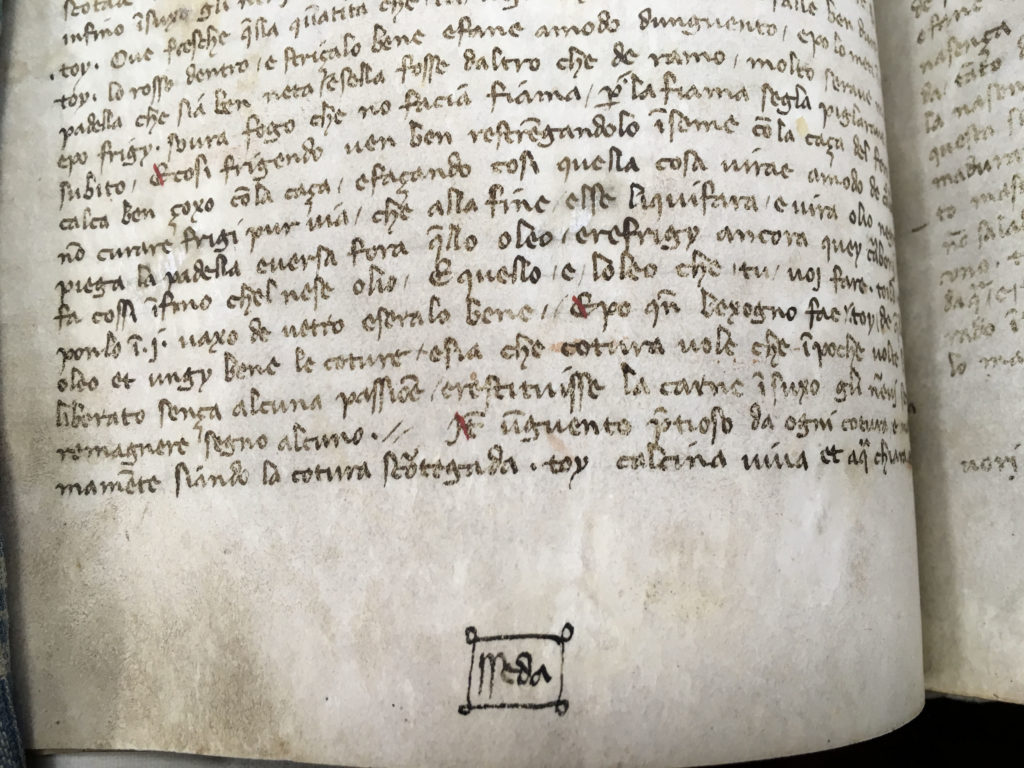– by Wood Institute travel grantee Marieke Hendriksen*
As a historian of art and science, I am particularly interested in the exchange of knowledge and skills between visual artists and medical men in writing and practice in the 18th century. Last year, the F.C. Wood Institute at the College of Physicians of Philadelphia awarded me a travel grant to study the collaboration between artists and anatomists in Philadelphia in the first decades of the College (est. 1787). It has long been known that anatomists and visual artists worked closely together in the production of anatomical atlases and models in early modern Europe, and sometimes were even united in the same person. An extensive corpus of literature about anatomical preparations and illustrations exists, yet little attention has been paid thus far to the development, understanding and transmission of various other techniques for depicting the body among artists and anatomists. My research fills that gap by focusing on the development and exchange of techniques like plaster casting, wax, wood, and papier-mâché modelling among artists and anatomists. The practices and resources in the early decades of the College of Physicians in Philadelphia form a fascinating case for this research project as they developed in conjunction with similar practices in Europe, yet were in a sense also geographically isolated.
Read more






